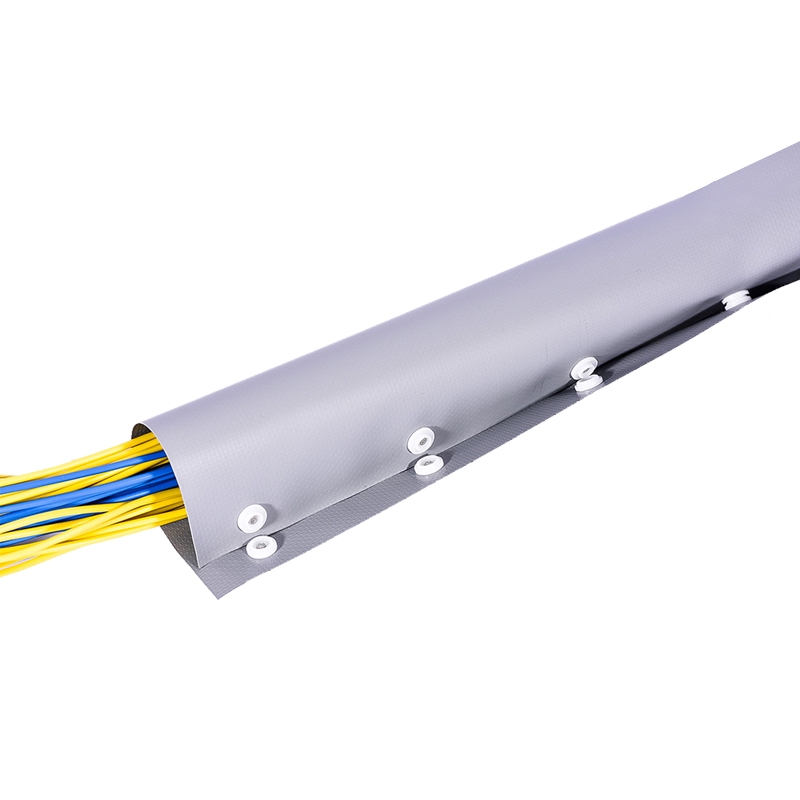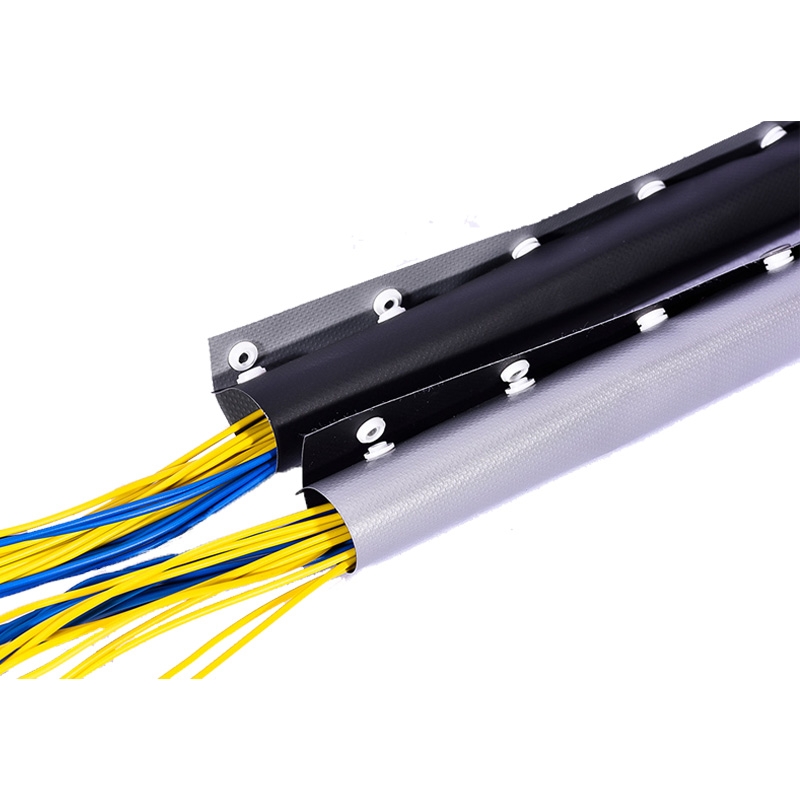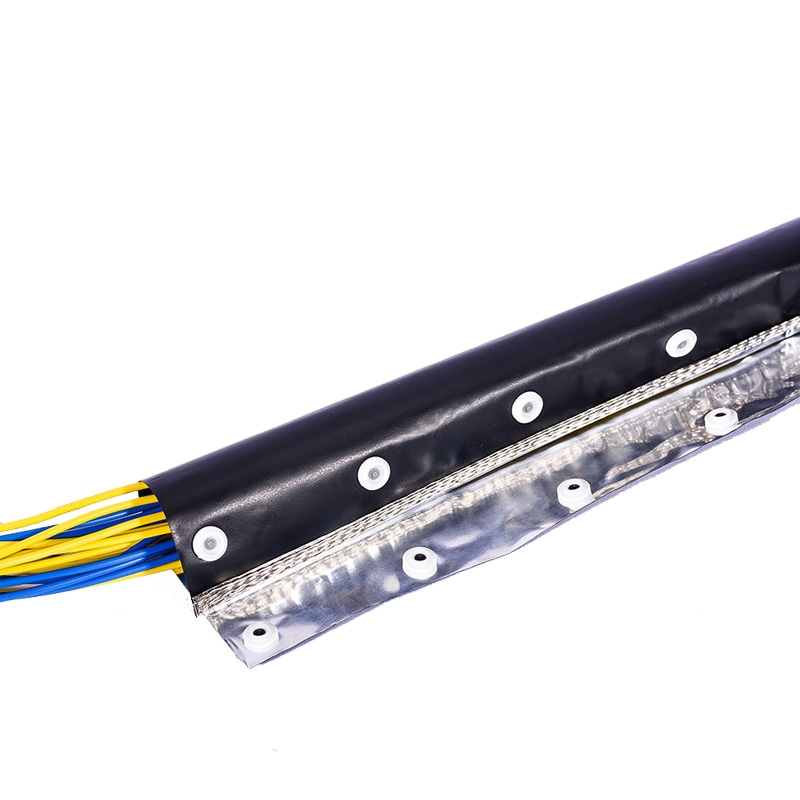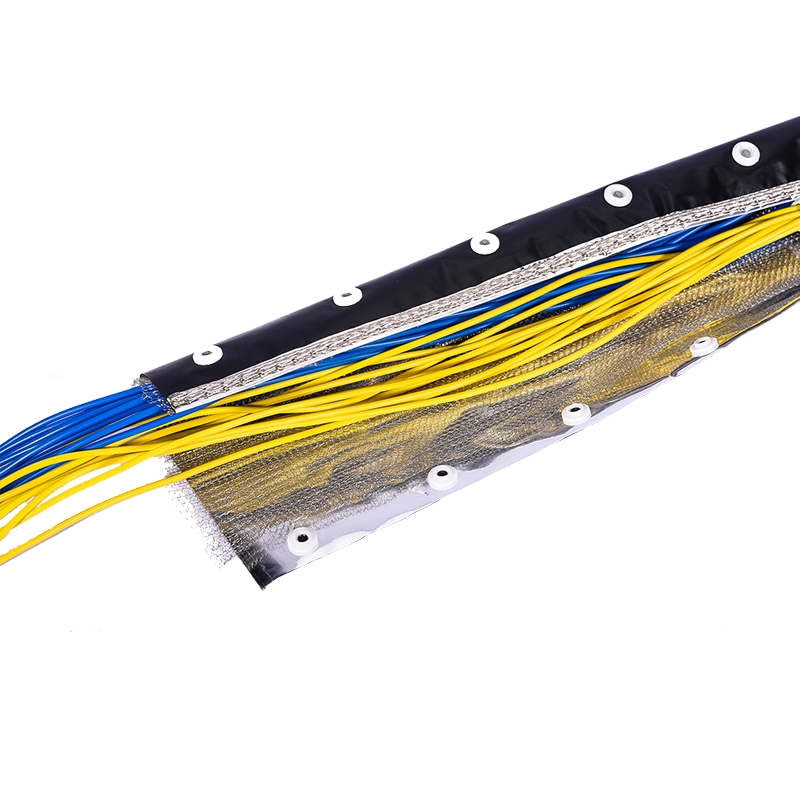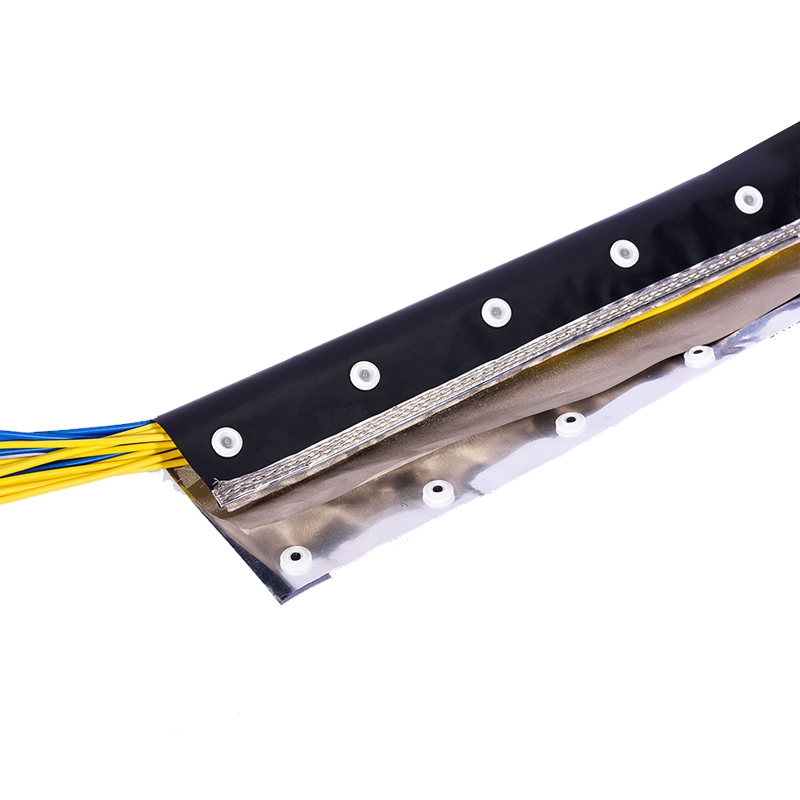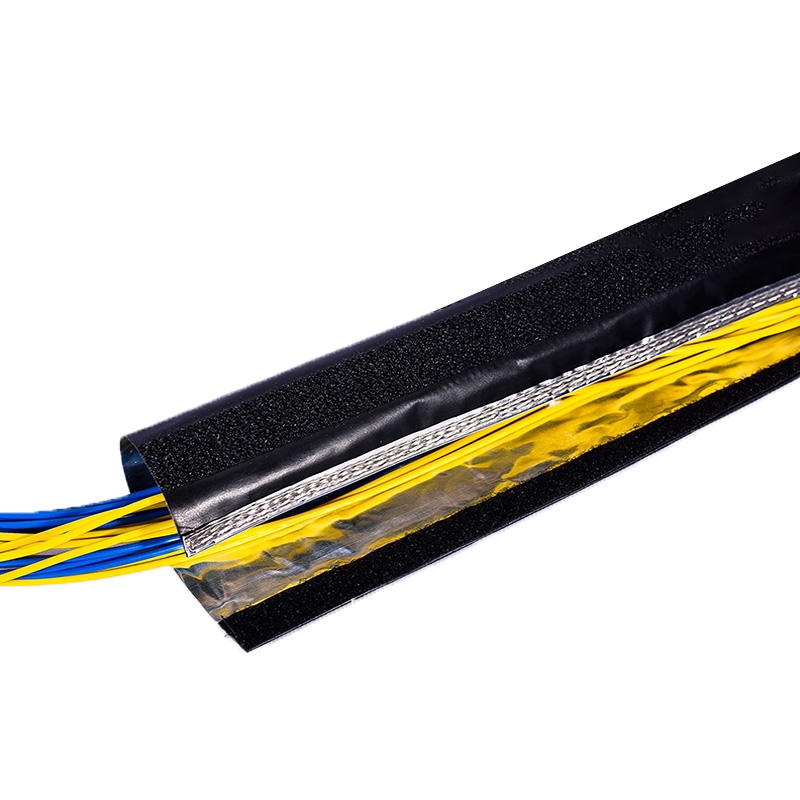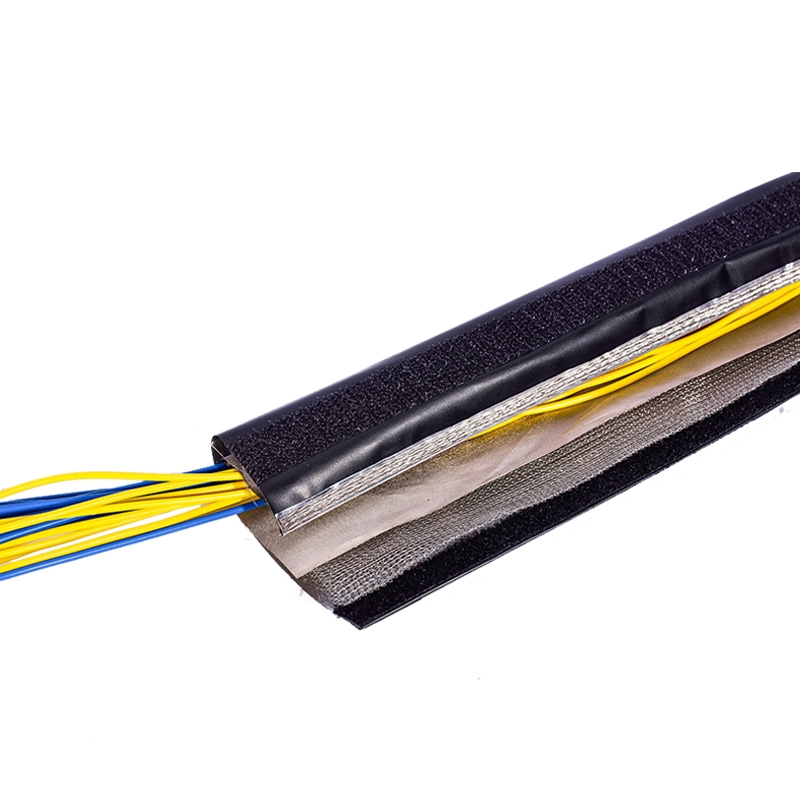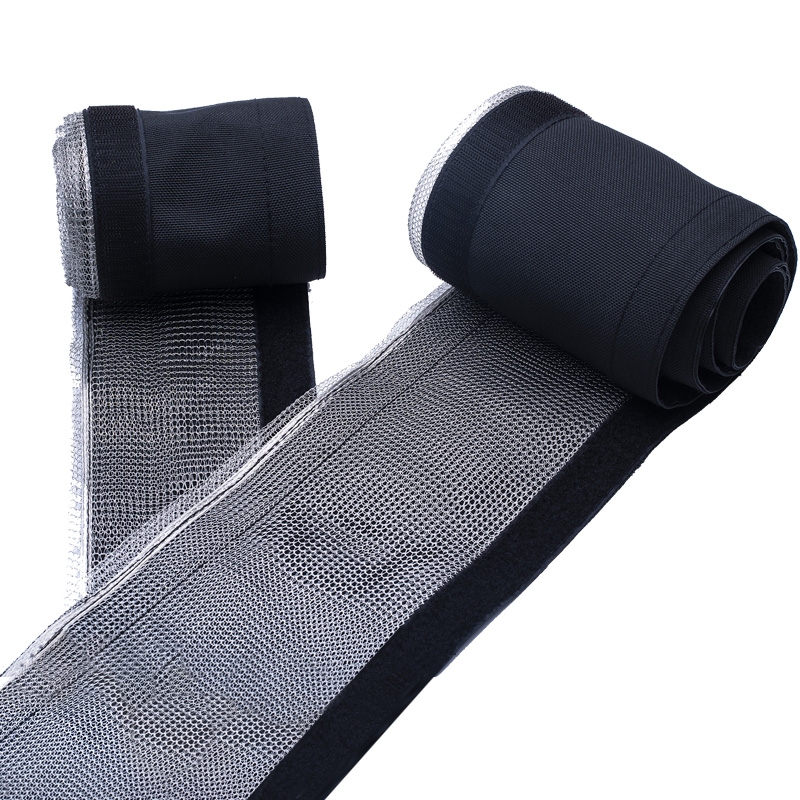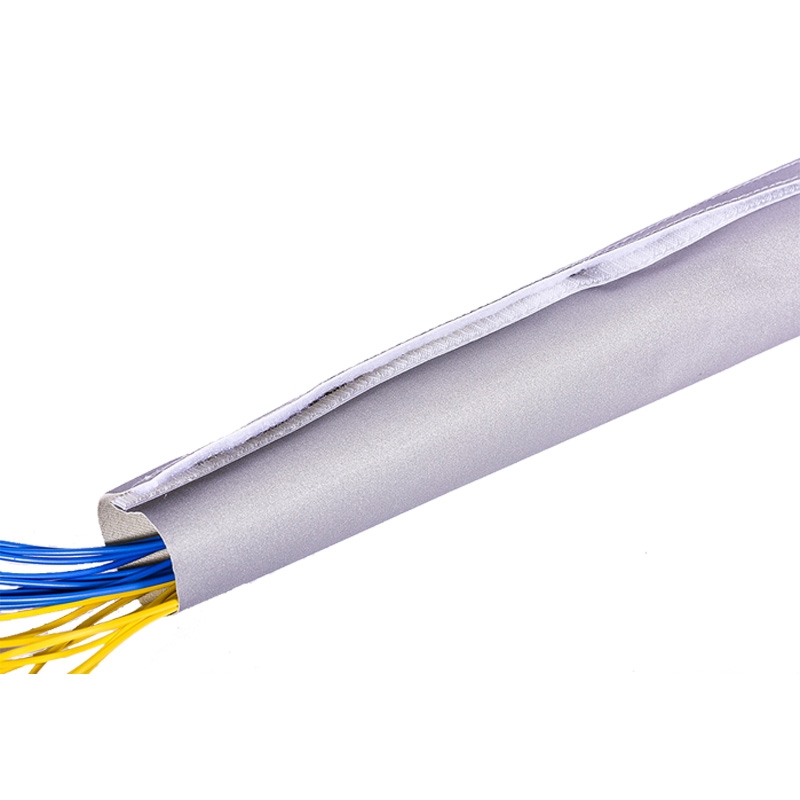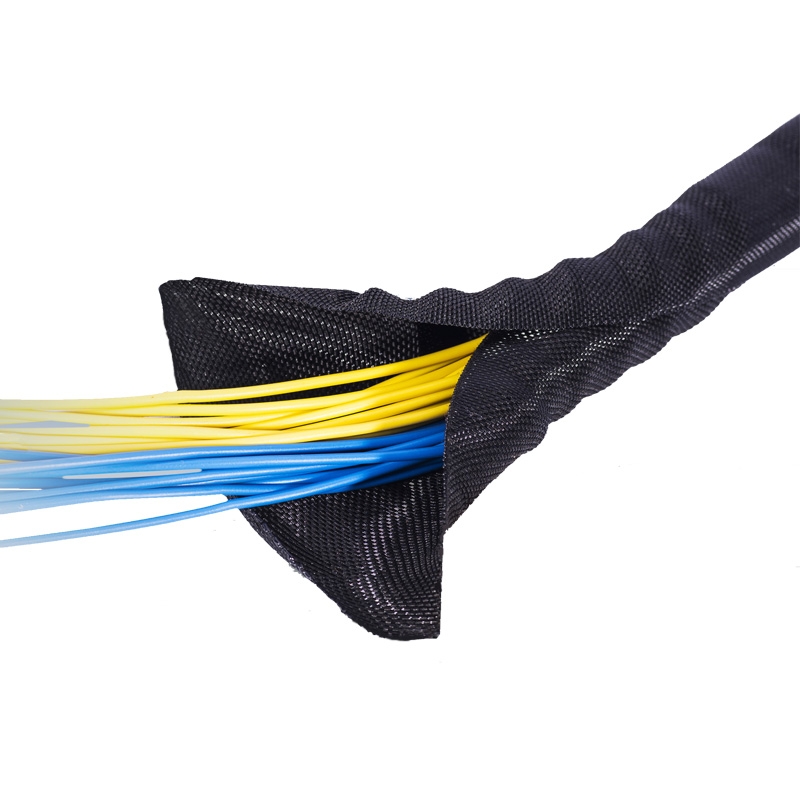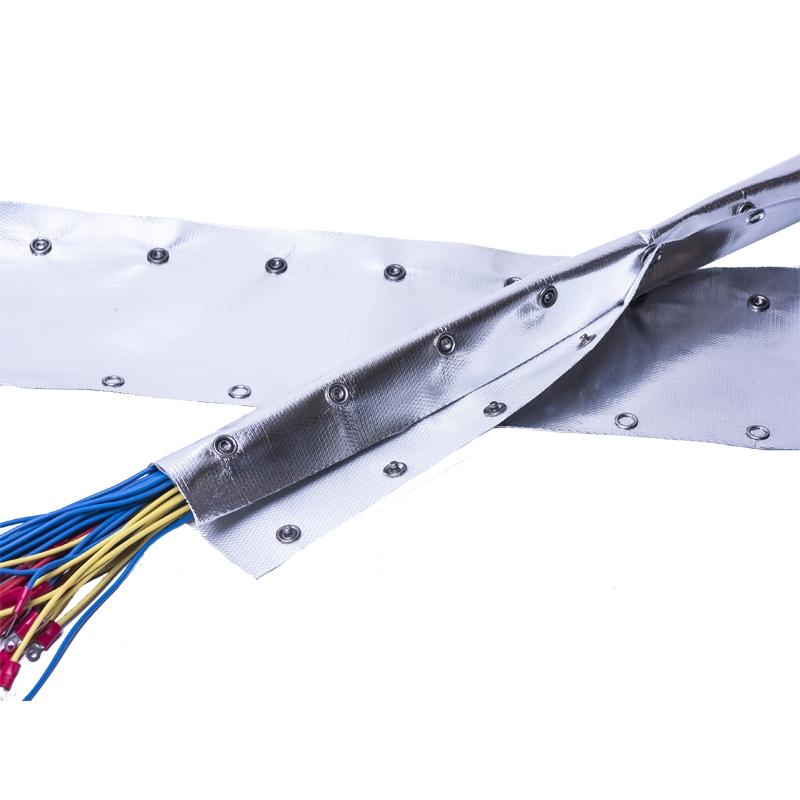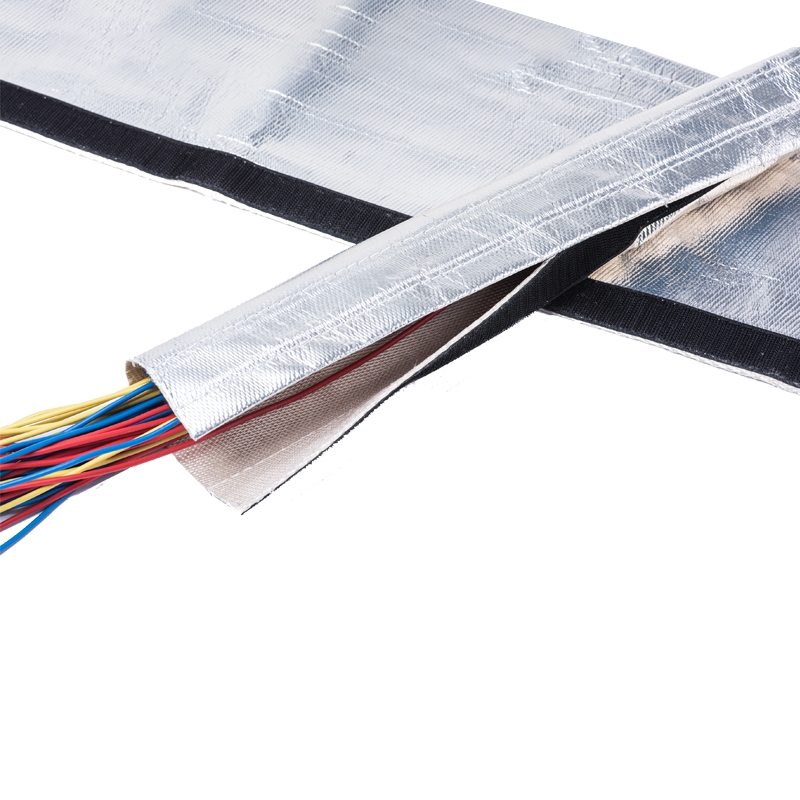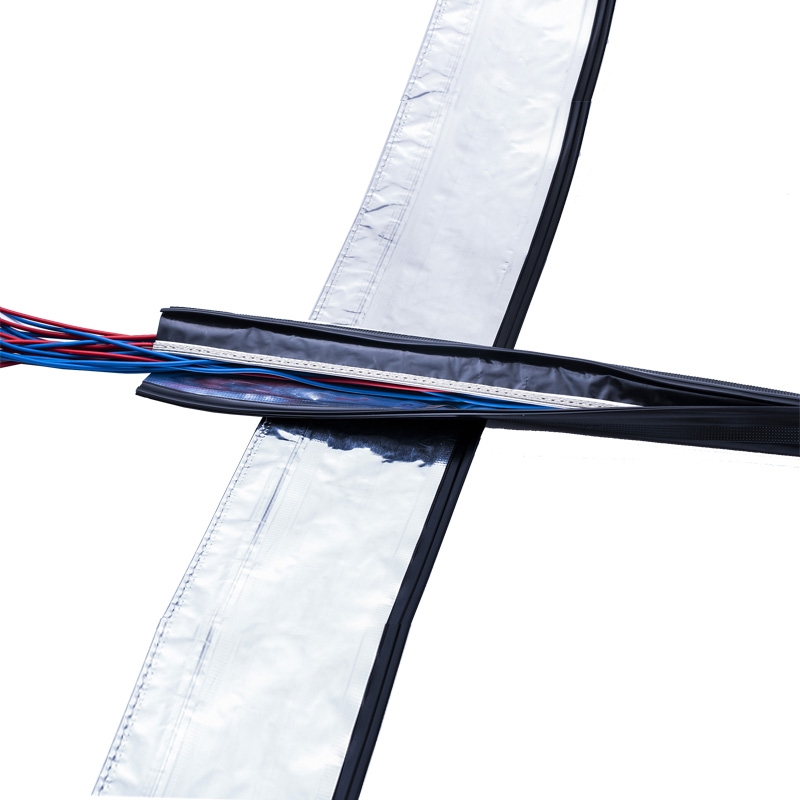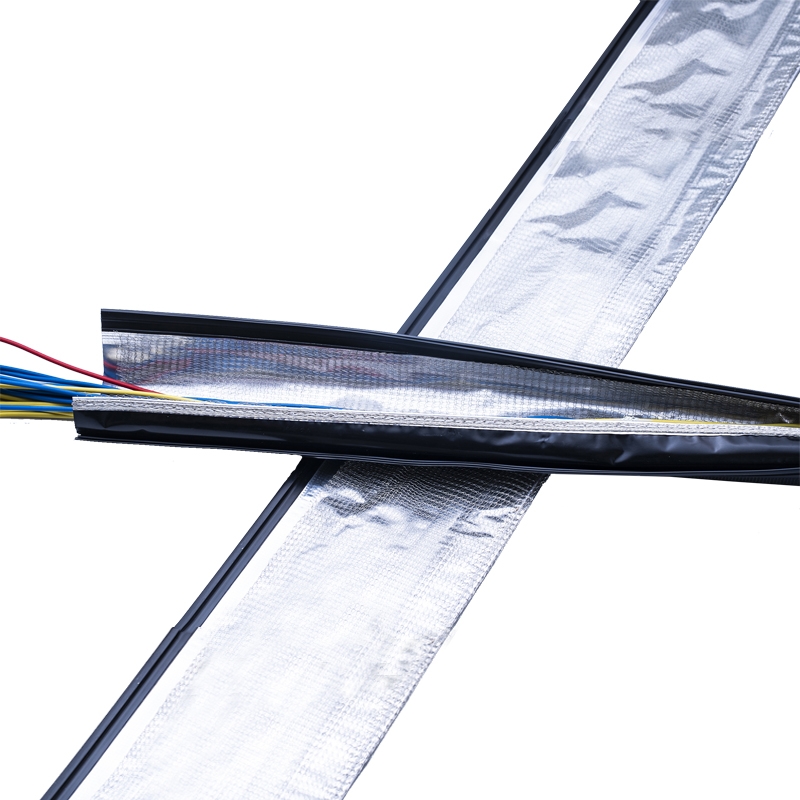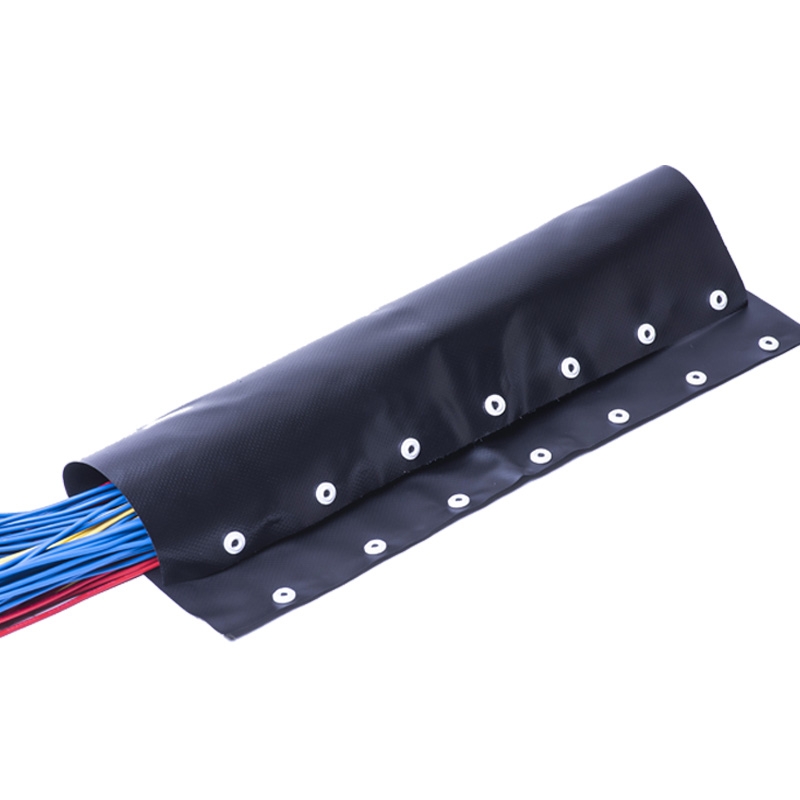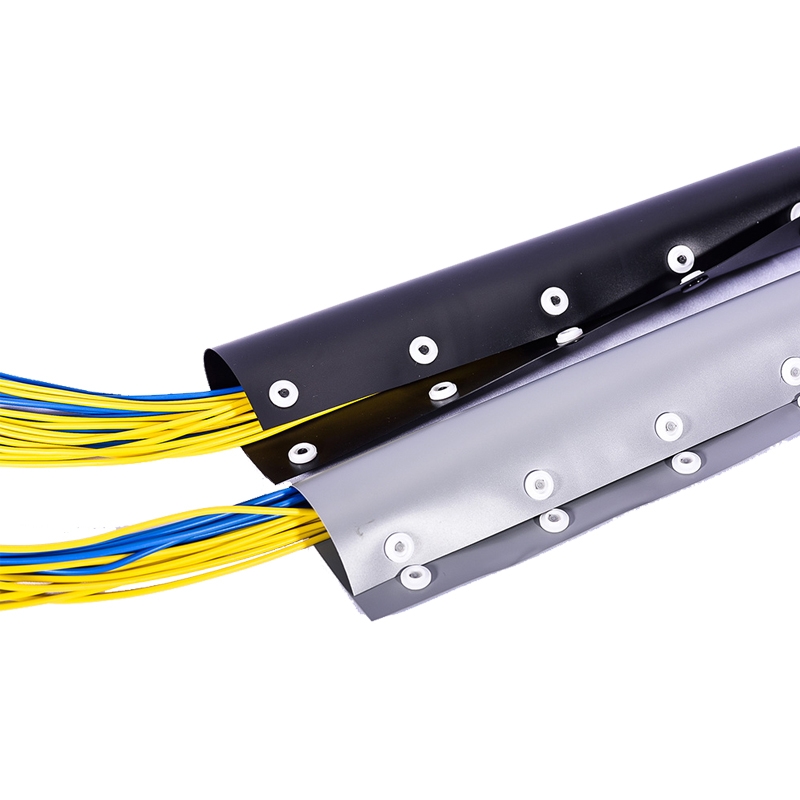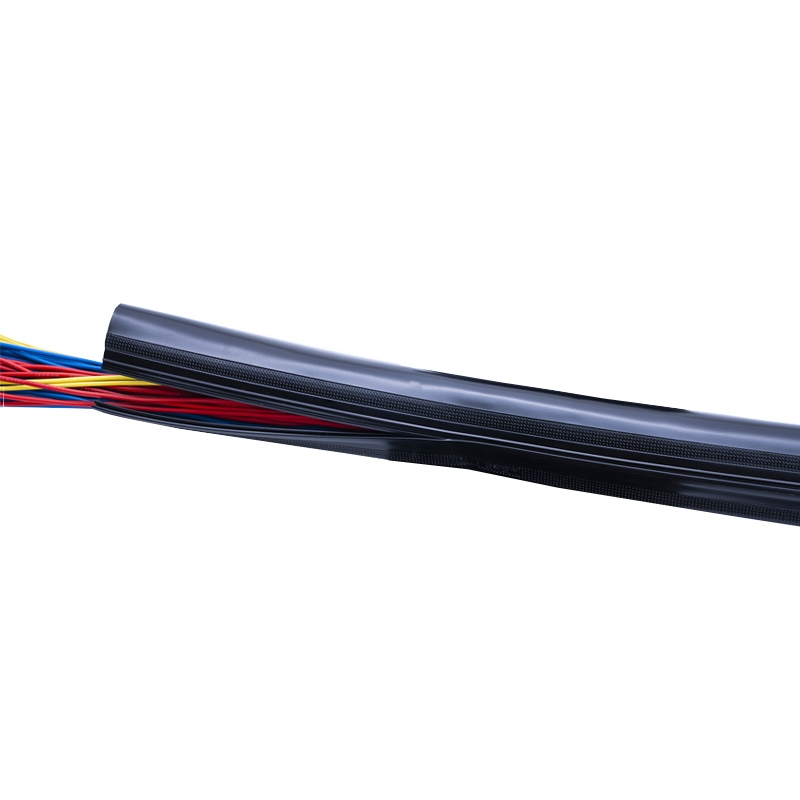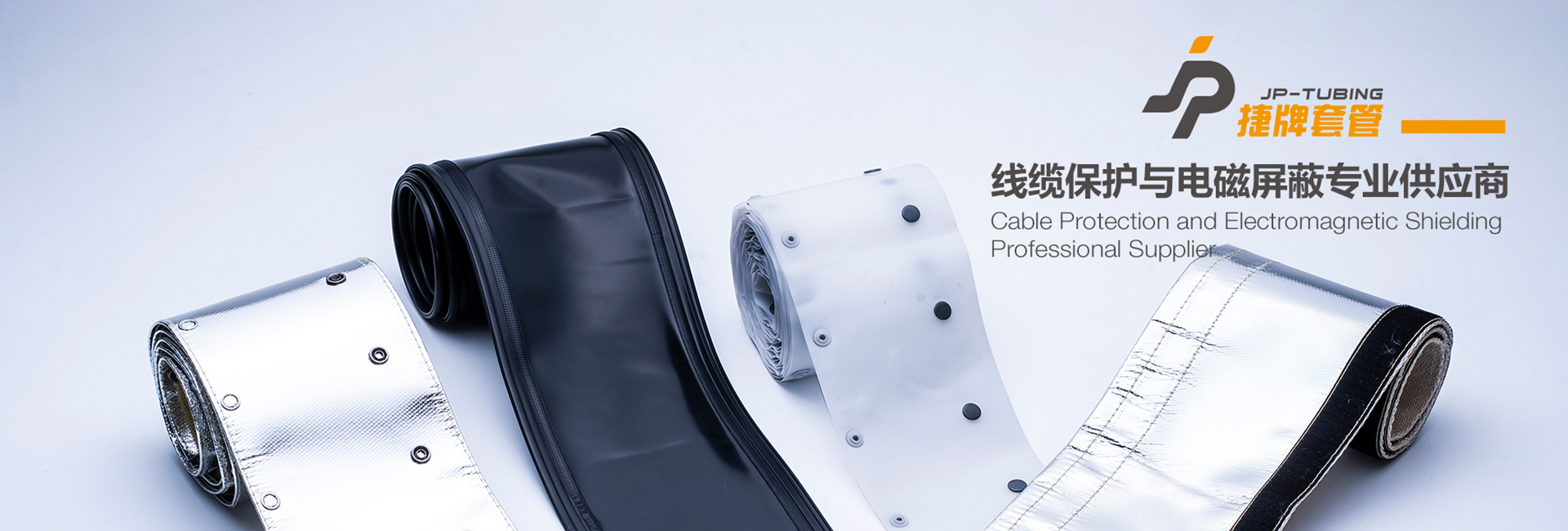Power system technical knowledge
Release Date:2019-02-23 Author: Click:
1. What are the methods to prevent the influence of magnetizing inrush current in the current differential protection?
Answer: The method to prevent the influence of the magnetizing inrush current is to use a differential relay with a fast saturation iron core.
2. What protections and functions should be installed for 500kV shunt reactors?
Answer: The high-voltage shunt reactor should be equipped with the following protection devices:
(1) High impedance differential protection. Protect the phase-to-phase and ground faults of the windings and bushings of the reactor.
(2) Inter-turn protection. The inter-turn short-circuit fault of the protective reactor.
(3) Gas protection and temperature protection. Protect the reactance against various faults, oil level drop and temperature rise.
(4) Overcurrent protection. Overcurrent caused by phase-to-phase or ground fault between reactor and lead.
(5) Overload protection. Protect the winding of the reactor from overload.
(6) Neutral point overcurrent protection. The external ground fault of the protective reactor causes overcurrent of the neutral point small reactance.
(7) Neutral point small reactance gas protection and temperature protection. Protect various internal faults, oil level drop and temperature rise of the small reactance.
3. Describe the characteristics of the buckle-type end belt of the medium-impedance fast busbar protection.
Answer: The fast busbar protection is a medium-impedance busbar differential protection with braking performance. Its selection component is a medium-impedance current differential relay with ratio braking characteristics, which solves the problem of busbar differential protection caused by current transformer saturation. Misoperation in case of faults outside the zone. The protection device is based on the measurement and comparison of the instantaneous current value. When the internal busbar fails, the starting and selection components of the buckle end belt can act before the current transformer is saturated, so the action speed is very fast. Features of medium impedance fast bus protection device:
(1) Double busbars run in parallel, and one busbar fails. In any case, the protection device has a high degree of selectivity.
(2) Double busbars run in parallel, if two busbars fail one after another, the protection device can jump off all the connecting elements on the two busbars one after another.
(3) The internal fault of the busbar, the action time of the whole group of protection devices is not more than 10ms.
(4) The double busbar operates normally, and the protection device operates reliably.
(5) An internal fault occurs in the bus during the double-bus switching operation; if two sets of switches on one line are connected across two sets of buses at the same time, the bus fails, and the protection device can quickly remove all connecting elements on the two sets of bus bars. When two sets of switches are not connected to two sets of busbars at the same time, the busbar fails, and the protection device still has a high degree of selectivity.
(6) The external fault of the bus, regardless of whether the line current transformer is saturated or not, the protection device is reliable and does not malfunction.
(7) During normal operation or switching operation, if the busbar protection AC current circuit breaks, the protection device will block the whole set of protection after a set delay and send out an AC current circuit break alarm signal.
(8) In substations with similar switches or with little difference in switch tripping time, the protection device can ensure that the bus tie switch trips first in the event of a bus failure.
(9) The fault between the current transformer of the bus tie switch and the bus tie switch is caused by the busbar protection and the switch failure protection to trip all the connecting elements of the two groups of busbars.
(10) On the 500kV busbar, use transient current transformers. When the double busbars are connected with double-span, the starting element may not have braking characteristics. On the 220kV bus, in order to prevent the double-bus wiring switch from double-span protection from malfunctioning, the starting element and the selection element have the same ratio braking characteristics.
Buckle end belt
4. Why use voltage blocking element in busbar current differential protection?
Answer: In order to prevent the misoperation of the differential relay or the misoperation of the outlet intermediate relay caused by the misoperation of the busbar protection, a voltage blocking element is used.
5. How to realize the voltage blocking element?
Answer: The voltage blocking element is realized by a low-voltage relay and a zero-sequence over-voltage relay on the secondary side of the voltage transformer connected to each bus. Three low-voltage relays react to various phase-to-phase short-circuit faults, and the zero-sequence over-voltage relay reacts to various ground faults.
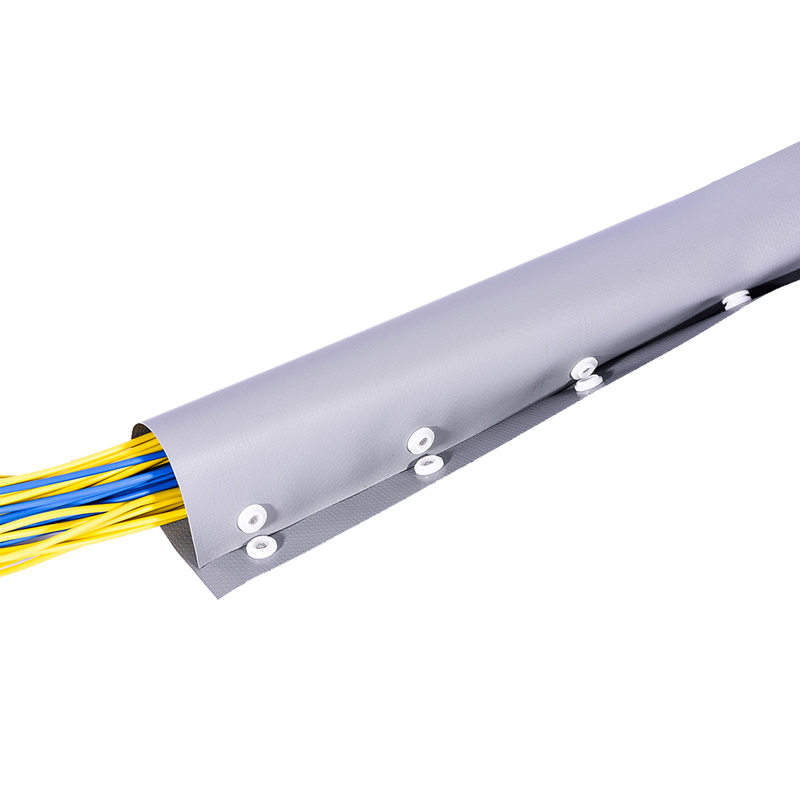
6. Why set bus charging protection?
Answer: The busbar differential protection should ensure that the faulty busbars are quickly and selectively disconnected when a group of busbars or a certain section of busbars are closed for charging. In order to more reliably remove the fault on the charged bus, current or zero-sequence current protection is set on the bus tie switch or bus section switch as the bus charging protection.
The busbar charging protection connection is simple, and high sensitivity can be guaranteed in the fixed value. Where conditions permit, this protection can be used as a temporary protection for special busbars with new line charging alone.
The bus charging protection is only used when the bus is charging. When the charging is good, it should be disabled in time.
7. What is "two votes, three systems"?
Answer: Two tickets refer to work tickets and operation tickets;
The three systems refer to the shift system, itinerant inspection system, periodic equipment test and rotation system.
8. How many states does the equipment in the power system have?
Answer: The equipment status of the power system is generally divided into four states: operation, hot standby, cold standby, and overhaul.
9. What are the operating systems of the power system?
Answer: The dispatcher on duty of the power system shall abide by the following systems when operating:
Operation order ticket system, repeated order system, guardianship system, sound recording system.
10. What are the forms of scheduling operation instructions?
Answer: The dispatch operation instruction forms are: single instruction, itemized instruction, and comprehensive instruction.
11. What are the requirements for the buckle end belt for power grid closing operation?
Answer: (1) The phase should be consistent. If the phase change may be caused after the first loop closure or overhaul, the phases on both sides of the loop closure point must be verified by measurement.
(2) If it belongs to an electromagnetic ring network, the difference between the transformer wiring groups in the ring network is zero; under special circumstances, after calculation and verification, the relay protection will not malfunction and the related loop equipment is not ground-loaded. Transformer wiring is allowed Close the loop with a difference of 30 degrees.
(3) The components in the ring network will not be overloaded after the ring is closed.
(4) The voltage of each bus bar should not exceed the specified value.
(5) Relay protection and safety automatic devices should be adapted to the ring network operation mode.
(6) Stable and meet the specified requirements.
12. Can the accident unit handle the accident and report the accident without waiting for the dispatching instruction?
Answer: When encountering the following accidents, the accident unit may not wait for the dispatch order to deal with it before reporting it:
(1) When there is a threat to people and equipment, take measures in accordance with on-site regulations.
(2) When all or part of the self-consumption of power plants and substations is out of power, other power sources are used to restore self-consumption.
(3) When the frequency of a system accident is reduced, each power plant increases the output of the unit and opens the standby generator set to be incorporated into the system.
(4) The system frequency is as low as the required action value of the frequency load reduction and low-frequency de-loading device, and when the device is not operating, the device should be manually cut off immediately after confirming that it is correct.
(5) Dispatching regulations and on-site regulations clearly stipulate that accidents that can be handled by themselves without the instructions of the on-duty dispatcher.

